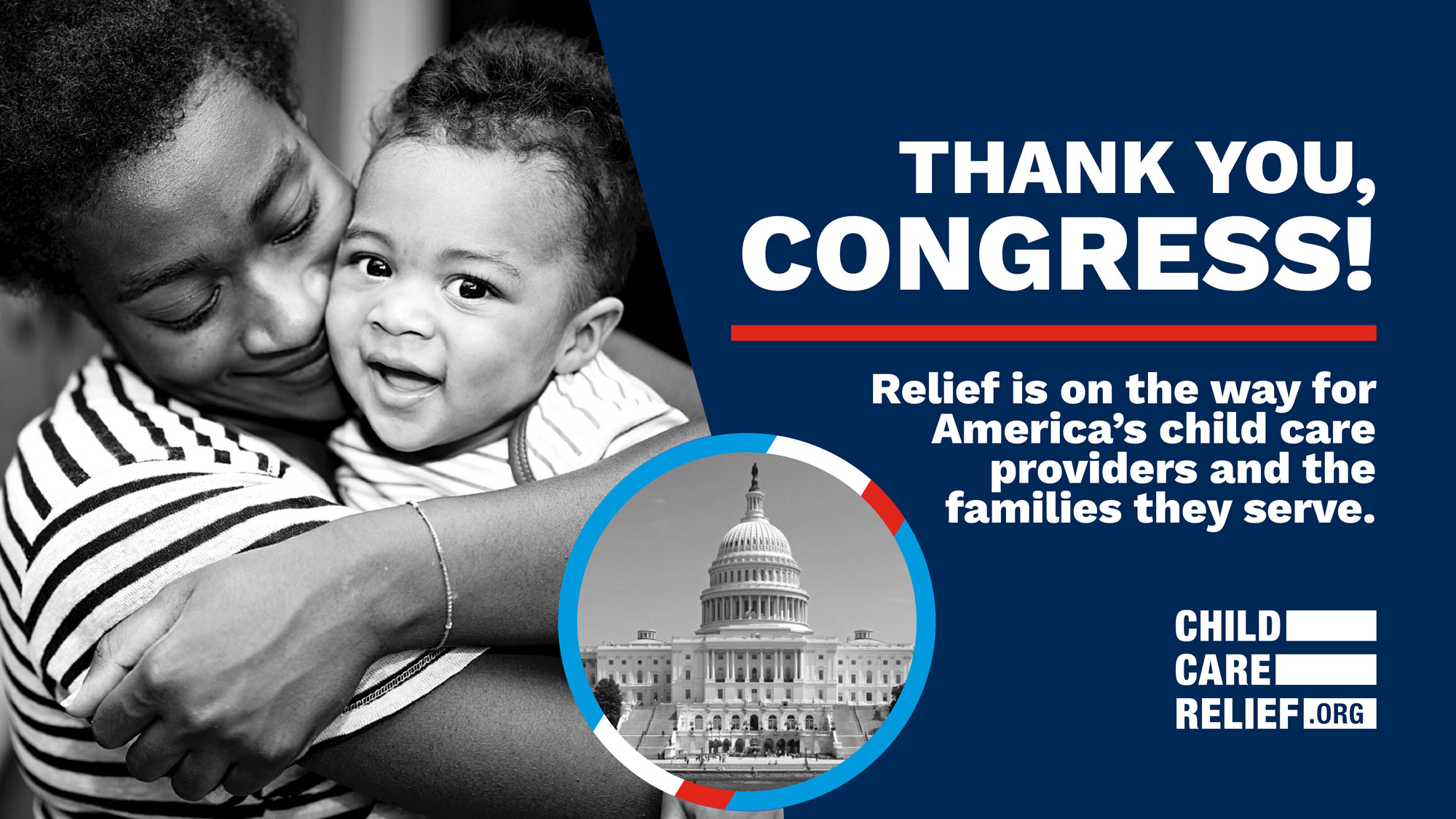
BY THE NUMBERS: COVID-19’S IMPACT ON CHILD CARE
Ohio

CHILD CARE IS ESSENTIAL TO AMERICA’S ECONOMIC RECOVERY
• July state-by-state data from the National Association for the Education of Young Children (NAEYC) illustrates the dire circumstances for child care centers and family child care homes in Ohio. Of those surveyed:
› 48% of child care programs are certain that, without additional public assistance, they will close permanently.
› At the time the survey was open, 12% of child care centers and 6% of family child care homes remained closed.
› Of programs that are open, 89% are serving fewer children now than they were prior to the pandemic. Overall, average enrollment is down by 61%.
› 93% of programs are paying more for cleaning supplies; 66% for staff; and 84% for personal protective equipment.
› Of the respondents who said their program received support to help it survive, 46% of programs said they received the Paycheck Protection Program, but with tremendous variation based on the size and setting of the program. 67% of large child care centers; 15% of small child care centers; 9% of family child care homes; and 36% of minority owned businesses said they received the PPP.
› 65% of programs responding to the survey have engaged in furlough, pay cuts, or layoffs.
› 38% of early childhood educators responding to the survey report accessing unemployment benefits.
› Assuming they are operating at 80% of capacity or less, 53% of programs responding to the survey expect to close within six months, if they don’t receive additional public support.
• According to the Center for American Progress, 204,765 licensed child care slots are at risk of disappearing, which represents 45% of licensed child care slots
• In March, 78 child care providers in Ohio responded to a NAEYC survey reporting that 36% would not survive closing for more than two weeks without significant public investment and support that would allow them to compensate and retain staff, pay rent, and cover other fixed costs.
• A second survey in April with 70 child care providers responding in Ohio indicated that 64% of child care programs were completely closed, with another 24% open only for children of essential workers.
› Of providers who are still open, 72% are operating at less than 25% capacity.
› 44% of respondents reported needing to either lay off or furlough employees, or reported being laid off or furloughed themselves. Another 16% anticipated such actions occurring in the next 1-4 weeks.
• Ohio received $117.4 million in supplemental funds in the CARES Act to serve the children of front-line and essential workers and support providers yet, we know this is not enough to cover the impacts COVID-19 has had on the child care market and ensure providers will be there when the economy beings to open up. To read more about how your state has allocated its supplemental funding, click here.
MEDIA COVERAGE
The Blade: Saturday Essay: What coronavirus taught us about child care
The Columbus Dispatch: Amid pandemic, parents cautious over child care
Idea Stream: Pre4Cle: Without Federal Aid, Half Ohio’s Child Care Providers Could Close
ABC 5 – News 5 Cleveland: Advocates say child care industry needs help to stay afloat
Business Journal Cleveland: Parents worried pandemic will exacerbate child-care cost crisis
The Blade: Pandemic recovery hinges on helping children
WOSU Radio: Coronavirus In Ohio: Study Finds Lack Of Child Care Is Hurting Businesses
